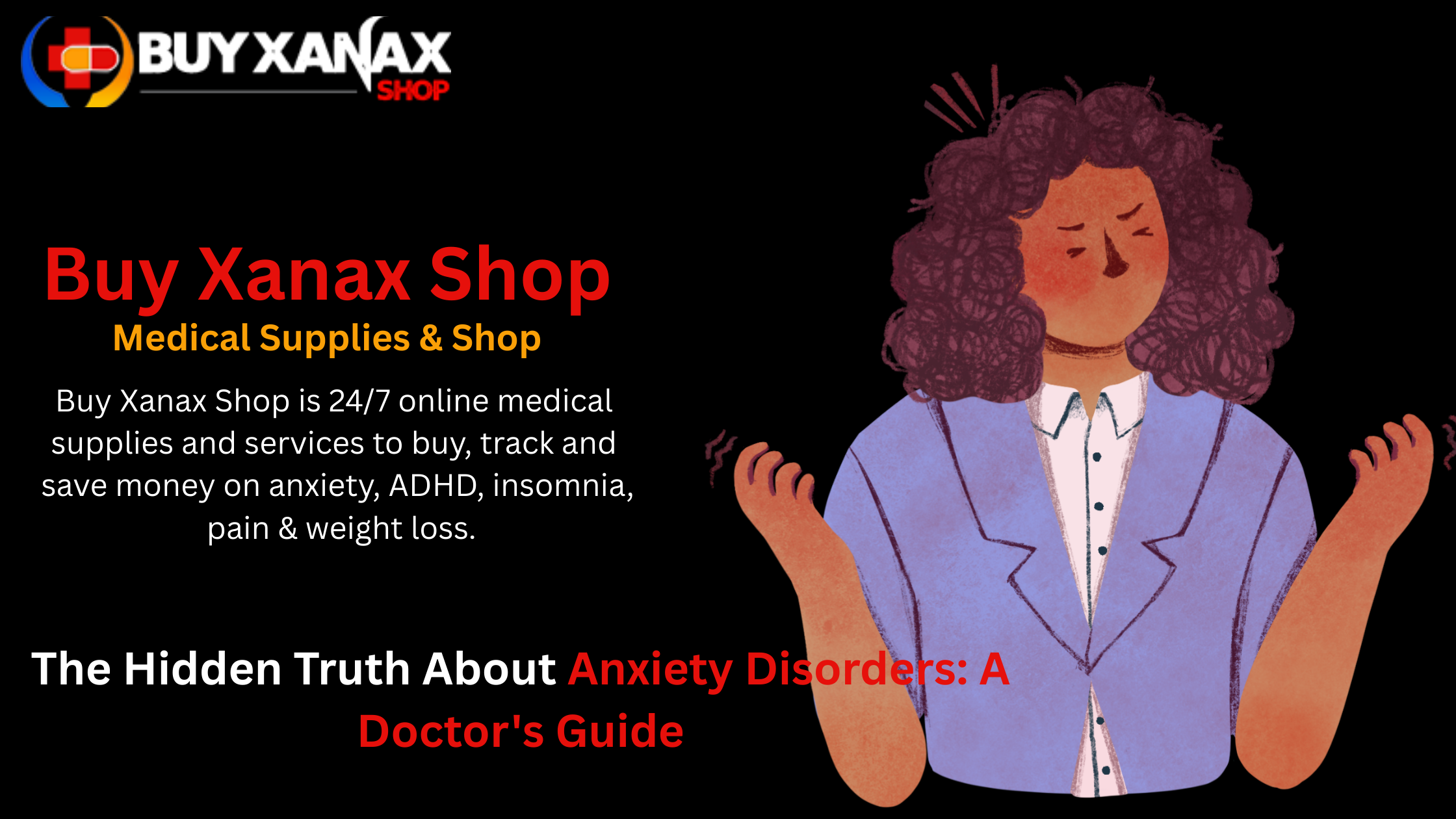
Table of Contents
Anxiety disorders affect approximately one-third of U.S. adolescents and adults at some point in their lives. As a medical professional, I’ve seen firsthand how these conditions can significantly interfere with daily activities, job performance, schoolwork, and relationships.
Despite being among the most common mental health conditions, anxiety disorders often go undiagnosed as many individuals don’t seek help. The symptoms can be intense and persistent, involving excessive worry and fear about everyday situations. Throughout this guide, I’ll explain what constitutes an anxiety disorder, explore the different types (including specific phobias affecting up to 12% of Americans), and discuss how to recognize symptoms and find appropriate treatment options. If you or someone you know experiences anxiety that seems overwhelming, understanding these disorders is the first step toward finding relief.
What is anxiety disorder and how is it different from normal stress?
Feeling anxious occasionally is a normal part of life. Many people worry about health, money, work, or family—this is the body’s natural response to perceived threats. However, anxiety disorders go beyond these temporary worries.
Essentially, anxiety disorders involve excessive, persistent fear or worry that doesn’t go away even when stressors are absent. While normal anxiety is typically tied to specific situations and resolves once the situation passes, anxiety disorders are characterized by worry that is out of proportion to the actual danger and lasts for six months or more.
The key difference between everyday stress and clinical anxiety is functional impairment. When anxiety begins interfering with your ability to sleep, eat, concentrate, maintain relationships, or perform daily activities, it crosses into disorder territory.
Physically, both stress and anxiety can cause similar symptoms—rapid heartbeat, sweating, muscle tension, and difficulty breathing. Nevertheless, anxiety disorders often involve additional cognitive symptoms like intrusive thoughts, excessive worrying, and irrational fears.
Anxiety disorders affect approximately one in five American adults each year and tend to run in families. Common types include generalized anxiety disorder (affecting about 3% of the population), social anxiety disorder (7%), and specific phobias (up to 12%).
Furthermore, without proper treatment, anxiety disorders typically don’t improve on their own and may actually worsen over time.
Types of anxiety disorders and how they show up
Anxiety disorders come in several distinct forms, each with unique patterns of symptoms. Generalized anxiety disorder (GAD) involves excessive worrying about everyday matters, affecting about 3% of the adult population. People with GAD experience restlessness, fatigue, trouble concentrating, and muscle tension that lasts at least six months.
Panic disorder features unexpected panic attacks with intense physical symptoms like racing heart, chest pain, and a sense of impending doom. Social anxiety disorder makes people intensely fearful of social situations where they might be judged, affecting approximately 7% of Americans.
Specific phobias are extreme fears of particular objects or situations that pose little actual danger. Common phobias include fears of heights, flying, animals, or needles. They affect about 8% of women and 3% of men yearly.
Separation anxiety disorder causes excessive distress when separated from attachment figures. Although traditionally seen in children, it now includes adults who experience similar symptoms.
Lastly, selective mutism prevents speaking in certain social situations despite being able to speak normally in others. It affects less than 1% of people, typically beginning around age 5.
Most anxiety disorders respond well to treatment combining therapy and sometimes medication. For individuals with severe symptoms, doctors may prescribe medications such as Xanax (alprazolam)—and while some patients look for options to anxiety medicine or buy Alprazolam online, it’s crucial to do so only under medical supervision and from safe, licensed sources.
Recognizing symptoms and getting the right treatment
Recognizing the signs of an anxiety disorder is the first crucial step toward finding effective help. Physical symptoms often include racing heart, shortness of breath, sweating, trembling, and sleep problems. Meanwhile, psychological indicators involve persistent worry, irritability, and a sense of impending doom that interferes with daily functioning.
If these symptoms persist and disrupt your life, seeking professional help is vital. Start with your primary care provider who can rule out medical conditions that mimic anxiety. Subsequently, they may refer you to a mental health specialist for proper evaluation.
Treatment typically involves a combination of approaches. Cognitive behavioral therapy (CBT) stands as the most effective psychotherapy for anxiety disorders. This approach helps identify and change unhelpful thought patterns. Exposure therapy, another powerful option, gradually confronts feared objects or situations in a controlled environment.
Medication options include antidepressants (particularly SSRIs) as first-line treatment and benzodiazepines like Xanax (alprazolam) for short-term relief. While many patients search for terms like buy Xanax online or buy Alprazolam online, remember that these medications should only be taken under strict medical guidance to avoid misuse and dependence.
Moreover, lifestyle modifications such as regular exercise, proper sleep, and stress management techniques can significantly reduce symptoms.
Above all, remember that anxiety disorders respond well to treatment. With professional guidance and commitment to the treatment plan, most people experience substantial improvement.
Conclusion
Anxiety disorders remain among the most misunderstood mental health conditions despite affecting millions of Americans each year. Throughout this guide, I’ve emphasized how these disorders go far beyond normal worry or stress, creating persistent fear that significantly disrupts daily life. The various forms—from generalized anxiety disorder to specific phobias—each present unique challenges requiring specialized approaches.
Most importantly, these conditions are highly treatable. Effective treatments like cognitive behavioral therapy, exposure therapy, and sometimes medication can dramatically improve quality of life for those suffering. Many patients I’ve worked with initially felt their anxiety was simply part of their personality or something they had to endure. However, after proper diagnosis and treatment, they experienced remarkable relief.
Remember that seeking help represents strength, not weakness. If you recognize the symptoms discussed in yourself or someone close to you, take that crucial first step toward professional evaluation. Early intervention typically leads to better outcomes. Although anxiety disorders can feel overwhelming and isolating, you certainly aren’t alone in this struggle. Millions walk similar paths, and with proper support and treatment, managing anxiety becomes entirely possible—allowing you to reclaim control of your life and well-being.
FAQs
Q1. What distinguishes an anxiety disorder from normal stress?
Ans. Anxiety disorder involves excessive, persistent worry that lasts for six months or more and interferes with daily functioning. Unlike normal stress, which is typically tied to specific situations, anxiety disorders cause fear or worry that’s out of proportion to actual danger and doesn’t subside when stressors are absent.
Q2. What are the most common types of anxiety disorders?
Ans. The most common types include Generalized Anxiety Disorder (GAD), affecting about 3% of adults; Social Anxiety Disorder, affecting approximately 7% of Americans; and Specific Phobias, which can affect up to 12% of the population. Other types include Panic Disorder, Separation Anxiety Disorder, and Selective Mutism.
Q3. How are anxiety disorders typically diagnosed and treated?
Ans. Diagnosis usually begins with a primary care provider ruling out medical conditions that mimic anxiety. Treatment often involves a combination of psychotherapy (such as Cognitive Behavioral Therapy or exposure therapy) and sometimes medication like SSRIs. In certain cases, short-term prescriptions of Xanax (alprazolam) may help, though patients should avoid unsafe attempts to buy Xanax online without a doctor’s guidance.
Q4. Can anxiety disorders be cured?
Ans. While there’s no permanent “cure” for anxiety disorders, they are highly treatable conditions. With proper professional guidance and commitment to a treatment plan, most people experience substantial improvement in their symptoms and quality of life.
Q5. Are there any natural ways to manage anxiety symptoms?
Ans. Yes, several lifestyle modifications can help manage anxiety symptoms. These include maintaining a regular exercise routine, ensuring proper sleep hygiene, practicing stress management techniques like meditation or deep breathing, and avoiding excessive consumption of caffeine, alcohol, or nicotine. However, for severe anxiety, these should be used in conjunction with professional treatment
Written by Judy Francis

Coupon Code
Use Coupon CodeSALE10
Product Categories
- Buy Adderall Online
- Buy Adipex Online
- Buy Alprazolam Online
- Buy Ambien Online
- Buy Ativan Online
- Buy Carisoprodol Online
- Buy Clonazepam Online
- Buy Codeine Online
- Buy Darvocet Online
- Buy Demerol Online
- Buy Diazepam Online
- Buy Dilaudid Online
- Buy Fioricet online
- Buy Gabapentin Online
- Buy Hydrocodone Online
- Buy Hydromorphone Online
- Buy Klonopin Online
- Buy Lexapro Online
- Buy Lorazepam Online
- Buy Lorcet Online
- Buy Lortab Online
- Buy Meridia Online
- Buy Methadone Online
- Buy Modafinil Online
- Buy Norco Online
- Buy Opana ER Online
- Buy Oxycodone Online
- Buy Oxycontin Online
- Buy Percocet Online
- Buy Phentermine Online
- Buy Roxicodone Online
- Buy Soma Online
- Buy Suboxone Online
- Buy Subutex Online
- Buy Tapentadol Online
- Buy Tramadol Online
- Buy Valium Online
- Buy Viagra Online
- Buy Vicodin Online
- Buy Xanax Online
- Buy Zolpidem Online

Leave a Reply